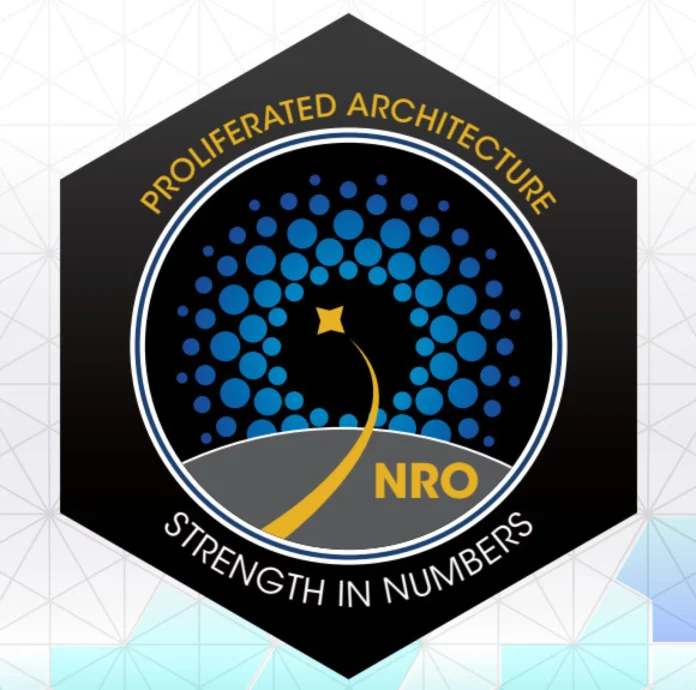
By Samuel Lopez | USA Herald | October 20, 2025
MIAMI, FL – The recent exposure of the Starshield network’s transmissions — “downlinks” from space to Earth on frequencies (2025-2110 MHz) dedicated by the International Telecommunication Union (ITU) to Earth-to-space uplinks only — raises profound legal questions under both international and domestic space-law frameworks.
At the international level, the foundational treaty is the Convention on International Liability for Damage Caused by Space Objects (“Liability Convention”), which in Article II establishes that a launching State is absolutely liable for damage caused by its space objects on the surface of the Earth or to aircraft in flight. UNOOSA
In outer space, liability is fault-based. But notably, no claim has ever been successfully made under this convention for in-orbit or spectrum interference damages. Georgetown Law
Moreover, space objects must be registered under the Convention on Registration of Objects Launched into Outer Space, and the launching state retains supervisory responsibility under the Outer Space Treaty (OST) Article VI.
Domestically in the U.S., regulatory oversight of spectrum is vested in the Federal Communications Commission (FCC) and the National Telecommunications and Information Administration (NTIA), while launch/re-entry licensing falls under the Federal Aviation Administration (FAA) via the Commercial Space Launch Act (CSLA). In a recent legal-insurance white-paper, it is noted the U.S. law authorizes NASA to indemnify commercial users to the extent private insurance is not available (51 U.S.C. §20138(b),(c)). Clyde & Co.
In short: if Starshield’s transmissions truly violate spectrum allocations or cause interference, the U.S., as launching state for SpaceX’s satellites, could face diplomatic or treaty-based liability. Further, SpaceX (and by extension Elon Musk) may face domestic regulatory or tort exposure.


